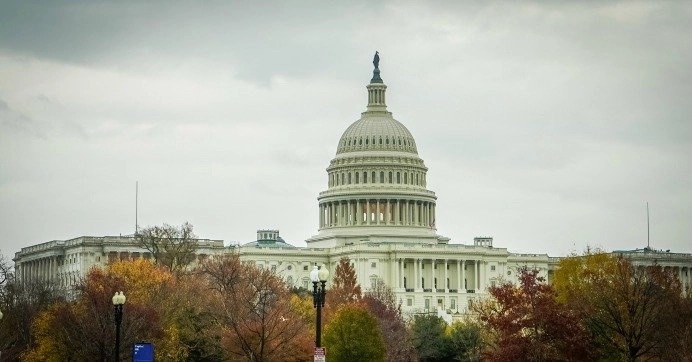
The House narrowly approved a sweeping GOP tax and spending bill, sending President Trump’s “one big, beautiful bill” to the Senate, where changes are expected. The package includes deep cuts to Medicaid and food stamps, makes permanent most individual income tax breaks from the 2017 Tax Cuts and Jobs Act, and temporarily enacts Trump’s promises to cut taxes on tips and overtime.
According to the Congressional Budget Office (CBO), the tax changes would add $3.8 trillion to the national debt over a decade. Medicaid funding would be cut by nearly $700 billion, with food stamps losing $267 billion in federal support. The bill also includes new spending on border security, defense, infrastructure, and immigration enforcement.
Key Policy Changes in Healthcare and Taxes
For the first time, Medicaid recipients aged 19 to 64 would face an 80-hour monthly work requirement starting in 2026, with exemptions for certain groups. The bill mandates more frequent eligibility checks and requires proof of citizenship or legal status. States providing Medicaid to undocumented immigrants risk a 10% federal funding cut.
The package delays a Biden administration rule that streamlines Medicaid enrollment until 2035 and shortens ACA enrollment periods, limiting year-round sign-ups for low-income Americans. However, it restores funding for cost-sharing reduction subsidies that lower out-of-pocket Obamacare costs.
The child tax credit increases from $2,000 to $2,500 per child through 2028 but restricts eligibility by requiring parents to have Social Security numbers, affecting about 2 million children. The bill also creates “Trump accounts,” tax-advantaged savings for children born between 2025 and 2028, usable for education or home purchases after age 18.
Temporary tax breaks exempt tip income and overtime pay (2025–2028), benefiting millions of workers but excluding high earners. Seniors receive a $4,000 increase in their standard deduction through 2028, phased out at higher incomes.
The SALT deduction cap rises to $40,000 for some taxpayers, easing burdens for residents of high-tax states. Business provisions restore full expensing of equipment and research costs through 2029 and permanently increase estate tax exemptions to $15 million per person.
Immigration, Border Security, and Student Loans
The package allocates billions for border barriers, customs facilities, and thousands of new Border Patrol and customs officers. It funds immigration detention centers and courtroom expansions, introduces fees for asylum seekers and humanitarian parole applicants.
Federal student loans would see major restructuring: loan limits capped, income-based repayment plans eliminated, subsidized and Graduate PLUS loans ended for new borrowers. Pell grant eligibility tightens with increased credit requirements but expands to include short-term workforce programs.
Clean energy tax credits phase out by 2028, potentially raising electricity costs. Nuclear energy receives favored treatment. Defense funding increases by roughly $150 billion for missile defense, shipbuilding, munitions, and service member benefits.
Despite spending cuts, the tax breaks would increase deficits by about $3.3 trillion over ten years. Annual deficits could grow from $1.8 trillion in 2024 to $2.9 trillion by 2034. Republicans expect economic growth to offset costs, while the White House denies deficit impact.
Author’s Opinion
This legislation delivers significant tax relief but threatens key social programs, raising serious concerns about its long-term impact. Deep Medicaid and food stamp cuts risk leaving vulnerable populations without support, while soaring deficits challenge fiscal sustainability. Betting on economic growth to cover these gaps is a gamble that could have costly consequences.
Featured image credit: Carbon Herald
For more stories like it, click the +Follow button at the top of this page to follow us.
